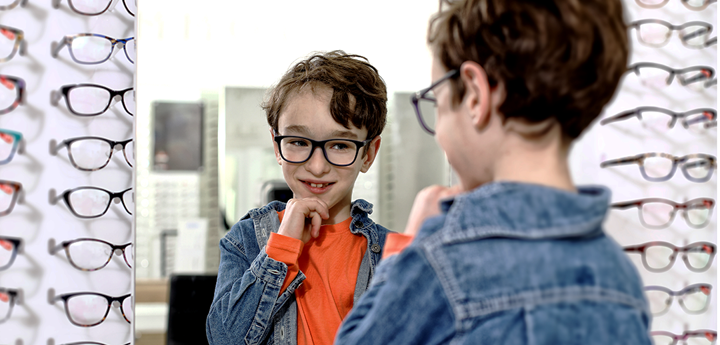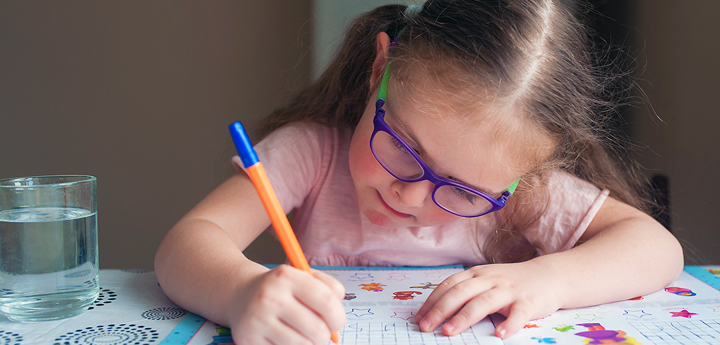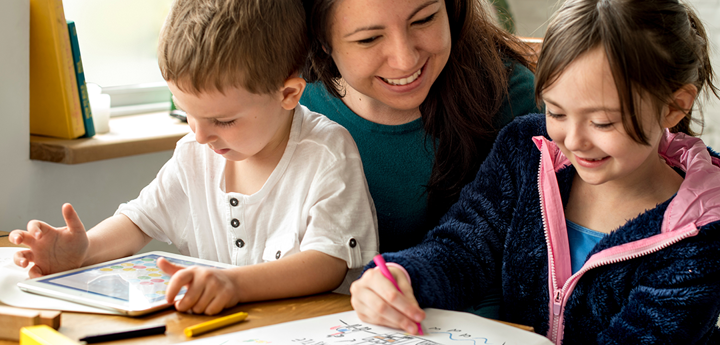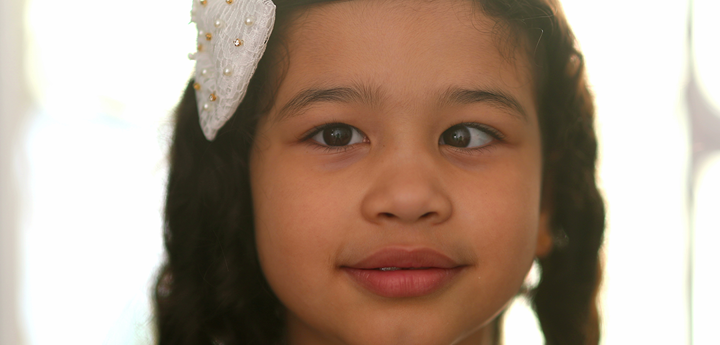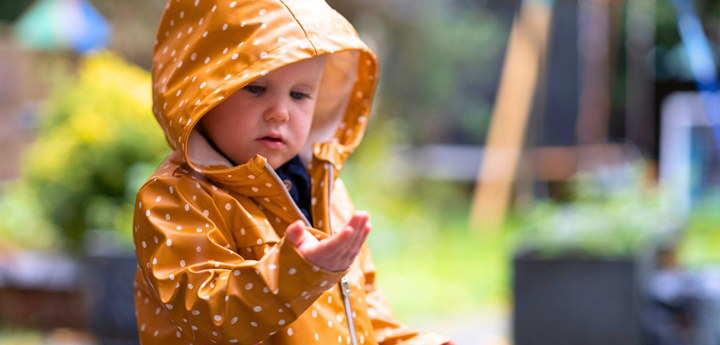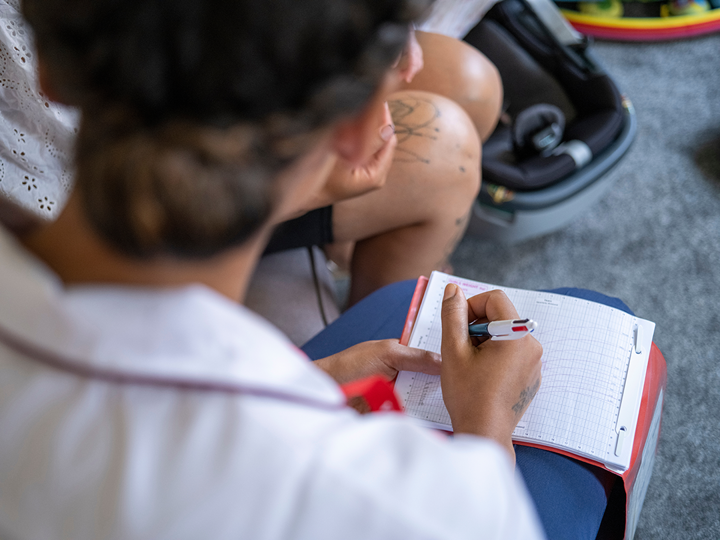Common eye concerns
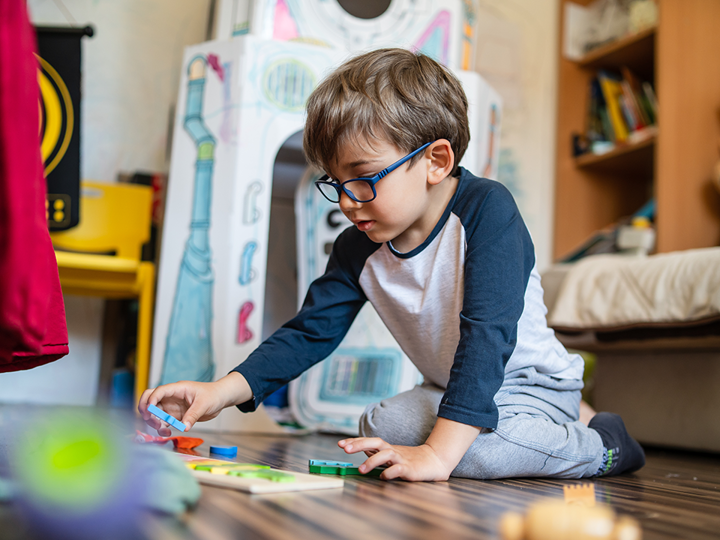
-
Astigmatism is when the eyeball is shaped like a rugby ball. Having a rugby ball shaped eye means that images are focused in two places instead of one.
With astigmatism, the point where an image is clearest (focal point) can be in front of, behind or at the back of the eyeball (retina). The two focal points means that some areas of the image will be more blurry.
Correcting astigmatism
Astigmatism is corrected with lenses that are set at a specific angle. This means it is very important that your child or young person's glasses fit properly. If the frames get twisted or bent out of shape, it may affect your child or young person's vision.
Your child or young person should wear their glasses all the time (from when they wake up in the morning until they go to bed at night), unless you have been told otherwise by the Orthoptist or Optometrist.
-
Long-sight is also known as hypermetropia. It's when the eyeball is too small, so the point where an image is clearest (focal point) is behind the back of the eyeball (retina).
Long-sighted children and young people will see objects in the distance clearer than objects up close. Close objects will be more blurry.
Correcting long-sight
Long-sight is corrected with a convex lens, also known as a plus lens. This moves the point of focus forwards to the back of the eyeball (retina).
Your child or young person should wear their glasses all the time (from when they wake up in the morning until they go to bed at night), unless you have been told otherwise by the Orthoptist or Optometrist.
-
Short-sight is also known as myopia. It's when the eyeball is too big, so the point where an image is clearest (focal point) is in front the back of the eyeball (retina).
Short-sighted children will see close objects clearer than objects in the distance. Objects in the distance will be more blurry.
This can happen at any age. It usually increases gradually until the young person is 21 years old. Short-sight often happens during the teenage years. This is because young people are growing rapidly during these years. Teenagers and young people often notice they cannot see the whiteboard clearly.
Correcting short-sight
Short-sight is corrected with a concave lens, also known as a minus lens. This moves the point of focus backwards to focus on the back of the eyeball (retina).
Your child or young person should wear their glasses all the time (from when they wake up in the morning until they go to bed at night), unless you have been told otherwise by the Orthoptist or Optometrist.
Last reviewed: 1 November, 2024

